By Steve Cichon | steve@buffalostories.com | @stevebuffalo
BUFFALO, NY — As I begin to write this, I’m sitting here, typing with one hand on my phone, petting Max with the other, waiting for the call from the vet to bring him in. For the last time.

He hasn’t eaten in 5 days, won’t even look at food. Can’t drink more than a few laps without spitting it up.
X-rays show a big tumor blocking up his belly.
Max came to us from the SPCA almost a decade ago. He was Monica’s first real pet, and the first pet I’ve ever had any real emotional attachment to…
We had dogs growing up, and they were ok, but in a house of 5, I was certainly less connected to Buckshot, Snoop, or Casey than my parents or brother or sister.

Casey fell in love with Monica when we were dating, and it was that literal puppy love which helped Monica get over the emotional scars of a dog bite from when she was a little girl (even though she’ll still tell you ‘Butch is in hell.’)
With Butch in hell,emotional scars healed, and us newlyweds in a big house, Monica decided she wanted a dog. When Monica decides she wants something, she starts researching.
Early research took her to the SPCA website, and the page featuring a friendly mutt named Max.

I don’t remember exactly what was in that write up, but he sounded like my kind of dog, and the photo showed he was a handsome and sweet looking character. It did mention that he was a mixed breed of unknown origin (they said shepherd/lab, but who knows?), and they said that though he showed some signs of abuse (his tail was chopped and his ears were cut), he was still very loving.
When we went to go visit this young man at the SPCA, Max was the only dog sitting quietly with anticipation, while the rest were barking and trying to get our attention.
I walked up to the chain link cage he was in, put my hand up to it, and he gave my hand a quick, dry lick. One of my big hang ups– any dog we got couldn’t be a slobberer.
That quick visit, and that dry lick, had me convinced on Max. In her heart, Monica was, too, but this was an early instance of a discussion we’ve had many times during our marriage. I always say, if you’ve found something you like, and it’s reasonable, just pull the trigger.

Even though Monica’s patience has saved us hundreds on airfares, for example, this time it cost us a dog we both wanted.
She really liked him, but said let’s think about, let’s wait. So, we didn’t get him that day.
When, a couple days later, we went back, convinced on Max, ready to sign the paperwork, we found his cage empty.
He’d been adopted. Very traumatic, especially for Monica who’d had her heart set on this creature.
We went home and regrouped. Scanned the SPCA website again, and were ready to go meet some more animals.
We pulled in to the parking lot, and there, literally being taken out of a minivan and back into the shelter, tail wagging the whole time… None other than Max the Dog!
You wouldn’t have believed it if it was written this way in a Hallmark movie, but here it is playing out on Ensminger Road.
He was too energetic, said whomever it was that tried him on for a few days.
Clearly, divine providence brought this fur bag into our lives. I have believed this from day one.

There’s always that feeling out period for both the dog and the people… He was deathly afraid of the crate, so we blocked off an area in the front hall with baby gates. He was afraid of the baby gates, too, this 60 pound dog.
Eventually, though, he gained free roam of the house and our hearts.
For about two years, I woke up every morning to the sound of him killing the washcloth Monica had just washed her face with. Actually, I woke up to the sound of him thrashing the washcloth in his mouth about half the time. The other half, I woke up to Monica swearing about the dog and the washcloth.
We agreed early on that we’d keep him off the furniture, and I’d yell at him if he was found on the couch or on the bed. What I eventually found out, was Monica was letting him up on the couch and bed when I wasn’t home. All and all, it’s fair to say Max got more use out of my bed over the last decade than I did.

After he gave up the washcloth, this beast found a new way to wake me up. He’d repeatedly back his rump into the bed, until I reached over and gave the whole area around his tail a good scratching, then he’d hop into bed, and lay with his back stretched out against mine, laying like a human with his head on the pillow.
This dog really had a near perfect personality. He was always happy and hopeful. A bit high maintenance, but he paid it back. He’d just walk up, give you one of those dry licks on the hand and walk away. Nothing wanted, nothing needed. Just a hello.
He was a great dog, but he had a pea sized brain. He knew quite a few words. There were three different words for outside.

Outside is where you went out the back door. Porch is where you went out the from door, and the side door, well, that’s from where you went for a walk. Probably half of his vocabulary revolved around walks. he knew the work walk, the word leash, and if you just said the word, “Go,” and left it dangling the right way, he’d think you were inviting him for a walk whether you were or not.
Other words he knew: Bowl, as in his food bowl; bed, as in it’s time for bed, so I’d better run upstairs and try to claim my place on the bed; he also knew toy; and Momma and Poppa, as in, Where’s your Momma. He’d always take me to Monica.
I tried to insist that I wasn’t a poppa, but a ‘male owner.’ Max never understood that.
His favorite word though, beyond a doubt: cheese.
He could hear the cheese drawer open from anywhere in the house, even the yard. He also knew the sound of American cheese singles being unwrapped, and could some how differentiate between that and other plastic wrappers.
He begged for cheese in the same way he’d beg for at dinner. It wasn’t really aggressive, it was just passive and pathetic. Sitting at attention, eyes fixed on the prize, drips of drool in the corners of the mouth ands on the floor, and the occasional paw in the air or on the leg. He knew he had to ‘sit’ and give ‘paw,’ two more of his words.

Sometimes he wouldn’t beg, but use the tricks he’d learned to get what he wanted. Like ask to go outside, make a quick circle on the back porch, and head back in expecting a treat. He was funny with treats. He’d look in your hand; if it was empty, he knew to look in his bowl. For something extra special, you could tell him, upstairs… and he would run to the top of the stairs to wait for his treat.
Max was probably a world record holder in two categories. Number of photographs taken of a dog, and number of nicknames. He knew all of his nicknames. Most curse words he responded to, but also Stinky boy, smelly man, The Stinky Man on Campus, little man, Mr. Man (like the old lady on the Blues Brothers), young man, old man, gray beard, fur bag, fur ball, fur burger, MTD the PYT (think Michael Jackson), buddy, pal, really you name it. Many of these were also set to songs. There’s a third record. No dog has ever had more impromptu songs written and sang about him to him. Ever.
It’s also a little known fact that Max talked. It was through me,but he did have his own distinct voice. He mispronounced big words, and made a lot of jokes about Monica, but he always apologized. I think it’s comforting for both Monica and me that some how Max can still communicate with us from the other side.
Whenever we’d walk in the door, most times you’d see one of two things: Either him standing on the landing on the stair case wagging his tail, or, if we fumbled around outside enough, you’d see nothing but a tail wagging through the window on the door on the other side of the foyer. Maybe a nose sticking through if that door was cracked open.
When I was home and Monica wasn’t, there wasn’t a sound he loved more than the sound of her car doors locking with that half beep. He’d be watching out the front window, nosing open the curtains, tail wagging– rear end wagging, actually, in anticipation of the whole family being together again. He get really excited at the notion.

When sitting in the living room, we often knew the other was home by the thump-thump sound of Max jumping off the bed in the bedroom above us. He was getting up to greet. Part of his job, along with sniffing and licking.
He’d stand on the porch and wiggle if someone’d open the front door. A greeting from Max meant you’re home.
He loved to sniff bags as we came home from shopping, and liked clothes and shampoo as well as food.

Good ol’ Max was a lover, not a fighter. Never bit anyone. Never. Not even playing. He’d growl pretty mean sometimes, look like he was going to bite, but then lick.
He did this most nights, when it was time to leave our bed, go outside, and then go on his bed.
Just a ‘Hey, Max…’ and he knew what was up. Sometimes he’d go without a fight. Sometimes he’d try to be dead weight and not move…. Growl when I’d grab his collar… and then sometimes, if he really didn’t feel like going, he’d go and sit on Monica. Oh yeah, Max was a 60 pound lap dog.

He wasn’t tough at all. One time, on a walk, a big dog came running off a porch at us; Max got behind me.
Another time, a little bunny got stuck in between the rails of our iron fence. He was really jammed in there good. Max just sat there, in the rain, and whined.
There weren’t many rabbits in the yard, because that was Max’s territory. He walked the perimeter a dozen times a day on patrol.
In the winter, you’d look in the smallish square city backyard, and see paw prints all around the outside, but no tracks at all in the middle.
And though it was across the street, he also considered the walkway into the park part of his territory. Which meant a lot of barking, every time someone walked with their dog into the park. Dozens of times a day. It was a friendly bark though, more or less trying to get the other dogs to come over to play, tailing wagging the whole time. That is, except for the ugly dogs.
These three or four rare breeds live around the corner from us, and their owner takes them on walks, one right after another. Max’s fur gets up, and its an angry bark when these dogs use his path into the park. He did not like these ugly dogs. Not one bit. They may have been the only creatures on this planet Max ever hated.
Aside from warning us the 16 times the ugly dogs walked by everyday, Max did have one real watch dog moment in the sun.

One Saturday morning, Max was barking, strangely, out the back window very loudly.
We let him outside, and he was barking crazily with fur up at the garage door.
The lock was broken off, and the crack head was still in there. My good boy barking like crazy sent the crack head out the back window into a neighboring yard, where he leapt over a 6 foot fence. Dude must have been high as a kite.
It’s still a popular debate whether Max would have licked or bit the guy had he run out the front door.
I could write stories for days, but the bottom line is, this bag of fur has brought more joy and left me more in awe of God’s wonder than few other other things in life.
The end came quickly. Tuesday we went for a great walk through the park and through the neighborhood.

Wednesday, we woke up to vomit all over the hallway. He didn’t get any better Thursday, and wasn’t eating or drinking. Still throwing up, and going to the bathroom in the house.
Friday, the vet does x-rays, gives some medicine, says let’s see what happens tomorrow. My heart sank. I knew what had to be done. Monica was texting me from work, asking what’s going on at the vet. I tried to be vague, but Monica is too smart for that.
His last day, that Friday night, he spent a lot of time laying in that yard he used to patrol. Listless. Trying to drink a little, only to spit it up.
Monica and I sat with him on the grass, and petting him, trying to make him comfortable, and at least happy that the family was together.
I know I was thinking of the times when he’d run in circles around the yard, started off with a ‘Hey Max!’ and taking an exaggerated step in his direction.
He spent his last night on our bed with us, a treat usually only reserved for thunderstorms or when we’d feel guilty about leaving him home alone too long.
None of the three of us slept really well; so we got up early that Saturday, and went to sit on the porch. Porch was probably Max’s third favorite word. He laid there, very weak after having not eaten or been able to keep down even water for 4 days as we waited for the vet to call.
We knew what was coming, but it was still like a sucker punch to hear the vet say euthanasia that morning.
He had been doing a little better that morning… Even though we knew better, we had hoped with the kind of hope that Max showed every time we put sneakers on (No Max, we had to tell him… We’re not going for a walk.)
But Max was happy when they brought in the fluffy bedspread for him to lay down on, another rare treat from the hard tiled floor at the vet’s office.
Monica and I were both crying. She sat in the chair petting him, I got on the floor and cradled his head on my leg and pet his neck. With his collar off. Man, he loved getting his neck scratched underneath his collar.
They sedated him, and when he was comfortable on that bedspread on the floor, as I held him, and Monica pet him, the vet gave the final injection. It wasn’t even 30 seconds when I watched my little buddy’s eyes roll up in his head. I’m glad I was there, actually, I owed it to him. But I really wish I hadn’t seen his eyes roll back. I’ll cry whenever I think about it for the rest of my life.
Once he was gone, my attention quickly turned to Monica, and we held each other, and pet our great friend one last time.
The thing about a dog is, it’s only his presence, his company. He doesn’t remember your birthday, he doesn’t help you move, he won’t do a lot of the stuff you hope for, or even expect from, a great friend.
But the one thing dogs are.. is there. They are there. Always. It’s never more stark than when they aren’t.
Right now, there are empty spaces in my heart that I never even realized were full.
And yes, I know I’m talking about a dog here.
Max laid with us when we were sick, relaxed with us, protected us, loved us.
The skeptical ask, love? And I say, yes; maybe not like on our human level, but yes.
What is love? The desire to be with someone; to feel safe with someone; to be willing to be vulnerable with someone; to lay your head in someone’s lap and sigh loudly, knowing you’re in a good place.
Now Max’s pea sized brain may not have been able to combine all of those emotions into the single, complex human emotion of love, but on his level, I know he loved me.
I know because I felt it every day, and still do.

 Also by Steve Cichon:
Also by Steve Cichon:
My dad died at age 58. I’ve really become accustomed to dealing with grief by writing about the people and things I love, and what it is and why it is that I love them. Written in the weeks following my dad’s death on Palm Sunday, 2010, read the story of his last week alive, and a reflection of our relationship and time together here: The Real Steve Cichon: Me and My Ol’Man








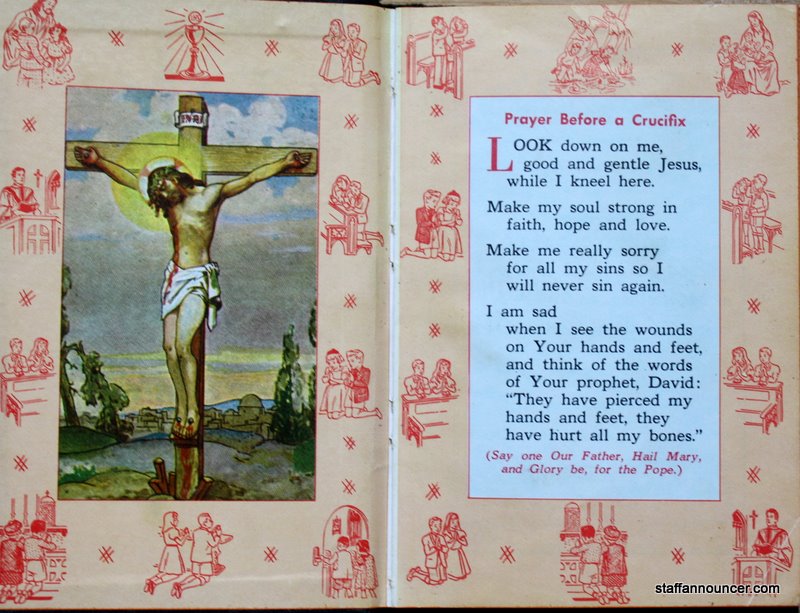



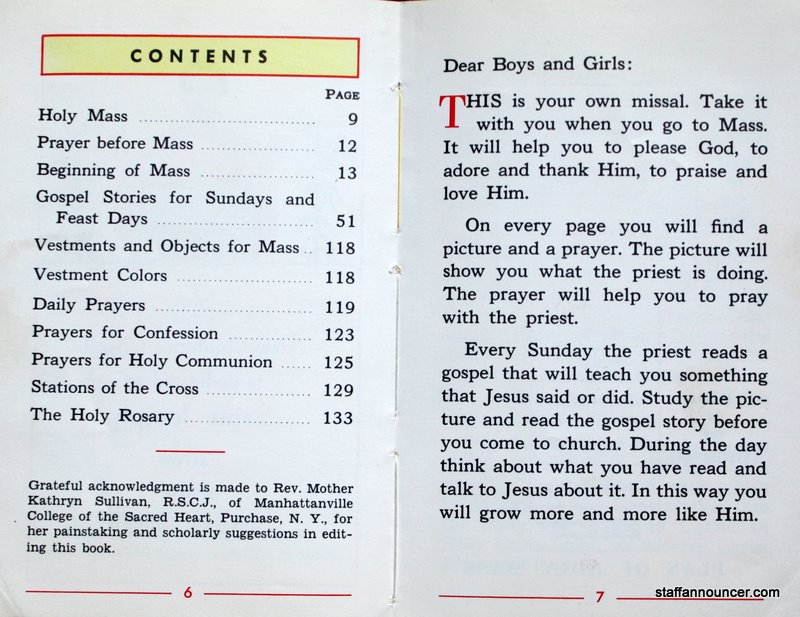
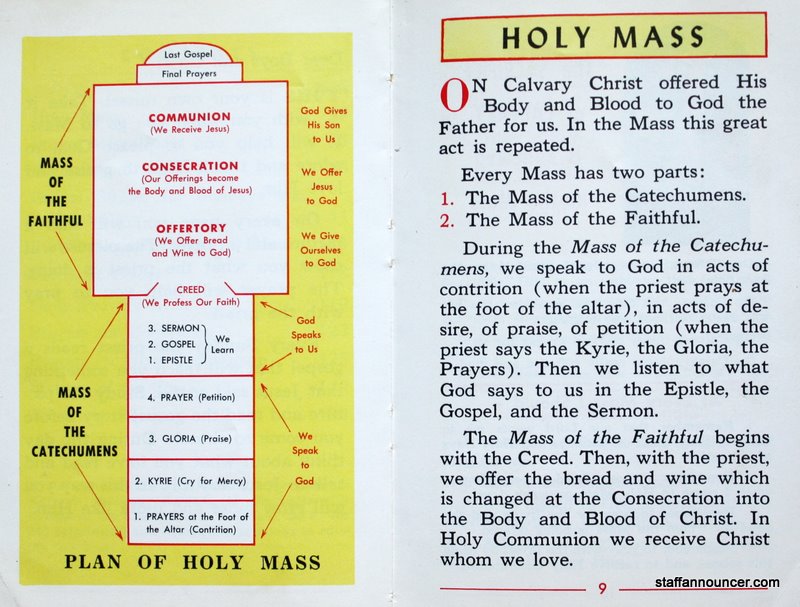

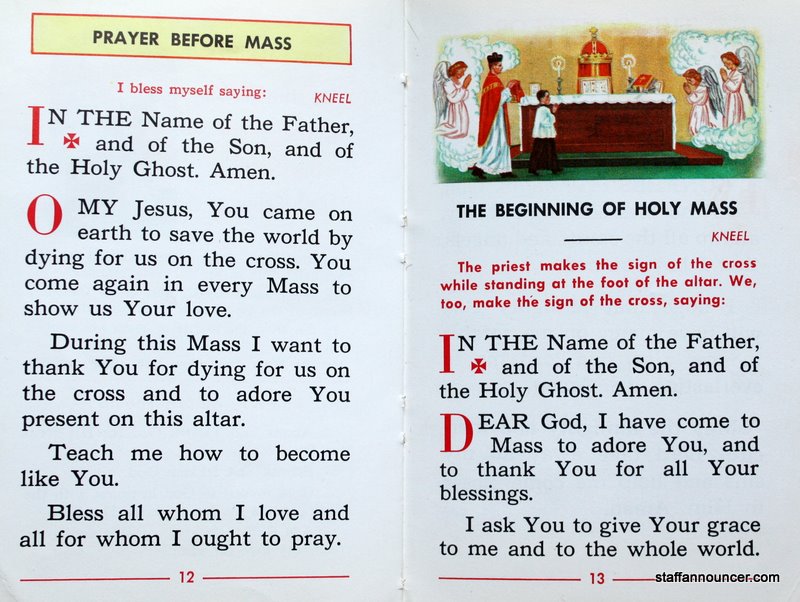
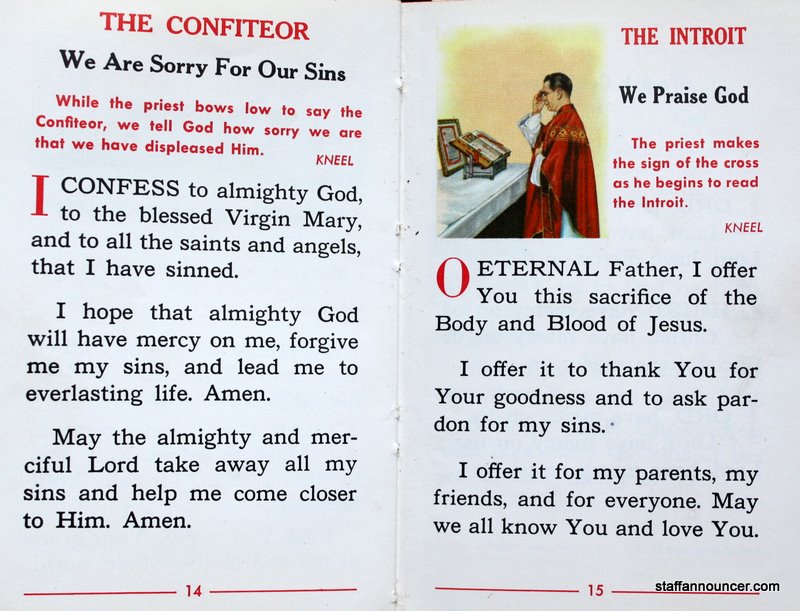

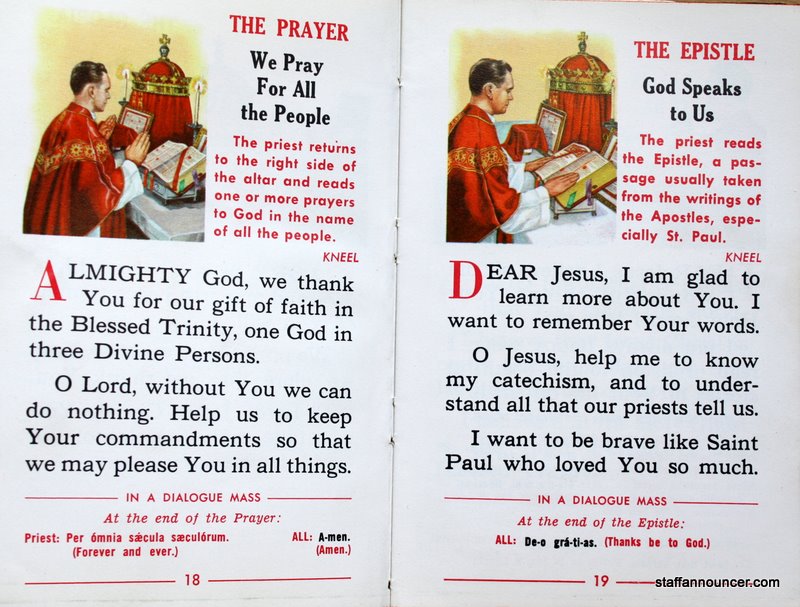




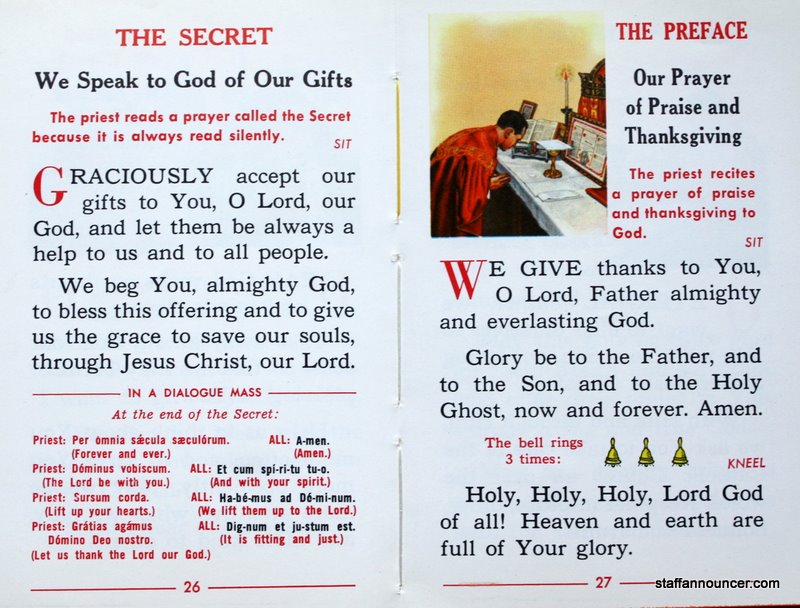

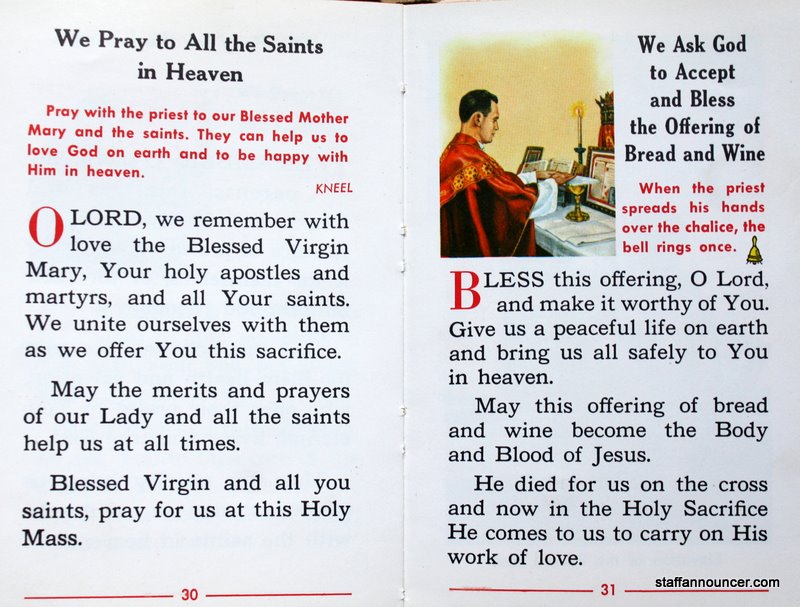





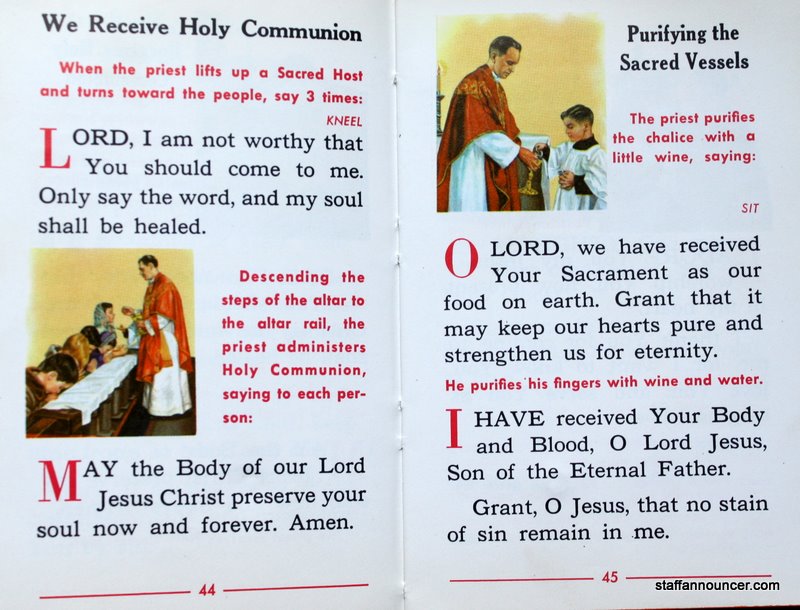


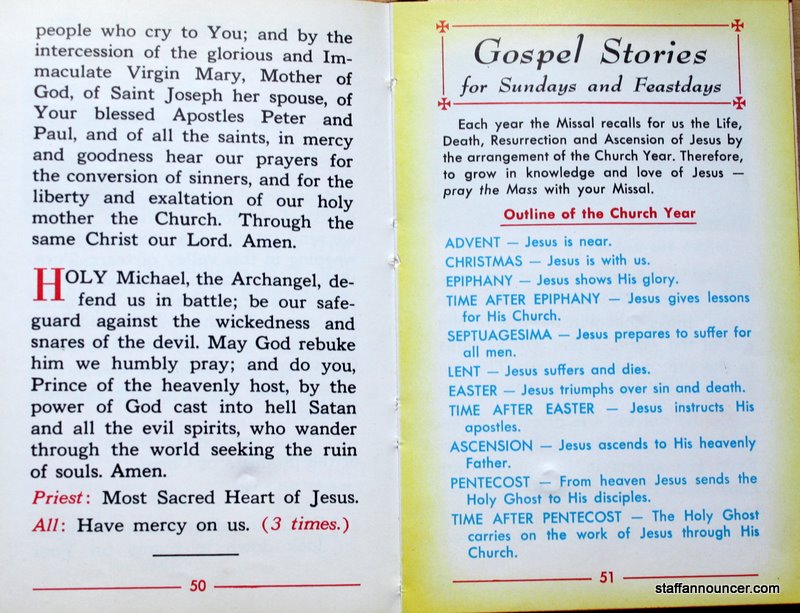

 A history of the Frederick Law Olmsted designed neighborhood, from its place in the history of the Seneca Nation, to its role in the War of 1812, to Olmsted’s design and the turn of the century building out of the area, and the neighborhood’s 20th century evolutions. Included are discussions of the area’s earliest colorful settlers, Frank Lloyd Wright’s Darwin Martin House, Delaware Park, The Buffalo Zoo, and the stories and anecdotes of many more struggles, individuals, and institutions that have made Parkside one of Buffalo’s premier historic neighborhoods today.
A history of the Frederick Law Olmsted designed neighborhood, from its place in the history of the Seneca Nation, to its role in the War of 1812, to Olmsted’s design and the turn of the century building out of the area, and the neighborhood’s 20th century evolutions. Included are discussions of the area’s earliest colorful settlers, Frank Lloyd Wright’s Darwin Martin House, Delaware Park, The Buffalo Zoo, and the stories and anecdotes of many more struggles, individuals, and institutions that have made Parkside one of Buffalo’s premier historic neighborhoods today. ABOUT THE AUTHOR:
ABOUT THE AUTHOR: My ol’man, Steven P. Cichon, died Palm Sunday, 2010 at the age of 58. Losing a parent is unimaginable, even when you spend the decade up until the death imagining it over and over again.
My ol’man, Steven P. Cichon, died Palm Sunday, 2010 at the age of 58. Losing a parent is unimaginable, even when you spend the decade up until the death imagining it over and over again.







 This page is an excerpt from
This page is an excerpt from For Donuts
For Donuts